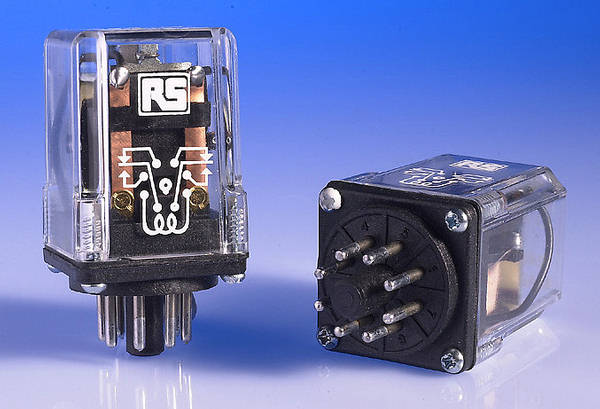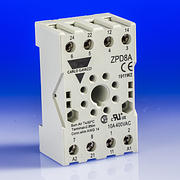Unfortunately the loft tank is plastic bought new this year 70 gall I think also the pipes for vent and feed are JG speedfit PEX but the last 3 metres to the tank will be copper will this be a problem?
I would suggest that you ask the plastic tank manufacturer if they consider their tank is suitable for use with an uncontrolled wood burner.
Tony




